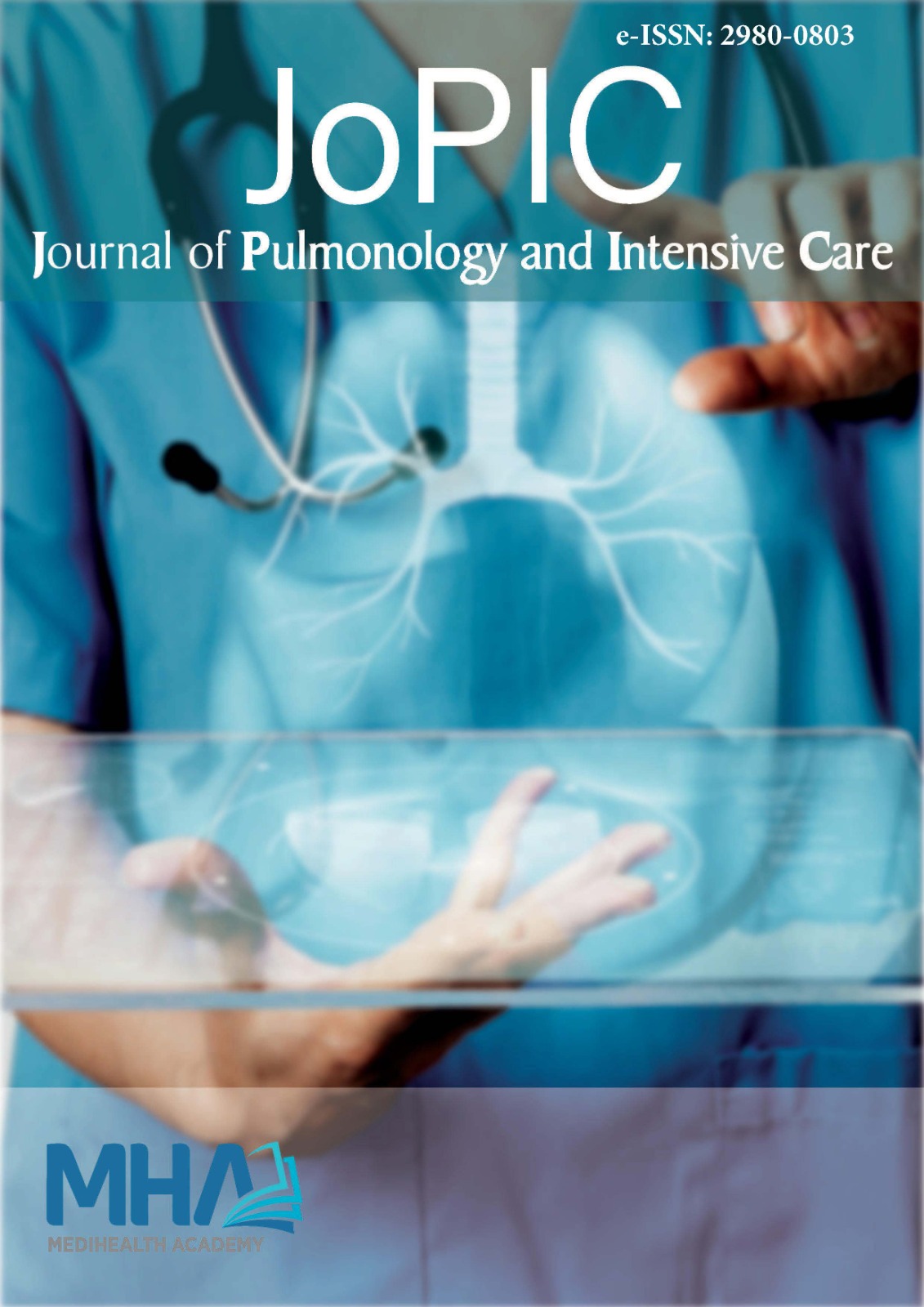1. Moningi S, Patki A, Padhy N, Ramachandran G. Enhanced recoveryafter surgery: An anesthesiologist’s perspective. J Anaesthesiol ClinPharmacol. 2019;35(1):5-13.
2. Dinic VD, Stojanovic MD, Markovic D, et al. Enhanced recovery inthoracic surgery: a review. Front Med. 2018;5(1):5-14.
3. Pincus E. Regional anesthesia: an overview. AORN J. 2019;110(3):263-272.
4. Moorthy A, Eochagáin A, Dempsey E, et al. Postoperative recovery with continuous erector spinae plane block or video-assisted paravertebralblock after minimally invasive thoracic surgery: a prospective,randomized controlled trial. Br J Anaesth. 2023;130(1):137-147. doi: 10.1016/j.bja.2022.07.051
5. Komatsu T, Kino A, Inoue M, et al. Paravertebral block for video-assisted thoracoscopic surgery: analgesic effectiveness and role in fast-track surgery. Int J Surg. 2014;12(9):936-939. doi: 10.1016/j.ijsu.2014.07.272
6. Liu L, Xin N, Zhang L, et al. Effects of ultrasound-guided erector spinaeplane block on postoperative analgesia and plasma cytokine levels afteruniportal VATS: a prospective randomized controlled trial. J Anesth.2021;35(1):3-9. doi: 10.1007/s00540-020-02848-x
7. Zengin M, Alagöz A, Sazak H, et al. Comparison of efficacy of erectorspinae plane block, thoracic paravertebral block, and erector spinaeplane block and thoracic paravertebral block combination for acutepain after video-assisted thoracoscopic surgery: a randomizedcontrolled study. Minerva Anestesiol. 2023;89(3):138-148.
8. Zengin M, Baldemir R, Ulger G, Sazak H, Alagoz A. Postoperativeanalgesic efficacy of thoracic paravertebralb and erectors plane blockcombination in video-assisted thoracic surgery. Cureus. 2021;13(6):15614.
9. Fu Z, Zhang Y, Zhou Y, et al. A comparison of paravertebral block,erector spinae plane block and the combination of erector spinae planeblock and paravertebral block for post-operative analgesia after video-assisted thoracoscopic surgery: a randomised controlled trial. J MinimAccess Surg. 2022;18(2):241.
10. Wen Y, Liang H, Qiu G, et al. Non-intubated spontaneous ventilationin video-assisted thoracoscopic surgery: ameta-analysis Eur JCardiothorac Surg. 2020;57(3):428-437. doi.org/10.1093/ejcts/ezz279
11. Kao MC, Lan CH, Huang CJ. Anesthesia for awake video-assistedthoracic surgery. Acta Anaesthesiol Taiwan. 2012;50(3):126-130.
12. Lin J, Liao Y, Gong C, et al. Regional analgesia in video-assistedthoracic surgery: a bayesian network meta-analysis. Front Med. 2022;9(6):842332.
13. Freise H, Van Aken HK. Risks and benefits of thoracic epiduralanesthesia. Br J Anaesth. 2011;107(6):859-868. doi.org/10.1093/bja/aer339
14. Mudannayake R, Martinez G, Bello I, Gimenez-Milà M. Non-intubatedthoracic surgery: a physiological approach. Arch Bronconeumol.2023;59(11):699-701.
15. Tacconi F, Pompeo E. Non-intubated video-assisted thoracic surgery:wdoes evidence stand? J Thorac Dis. 2016;8(4):364-375.
16. Alagoz A, Findik G, Sazak H, et al. Non-intubated video-assistedthoracoscopic surgery under combination of erector spinae plane blockand thoracic paravertebral block. BMC Anesthesiol. 2022;22(1):99.

